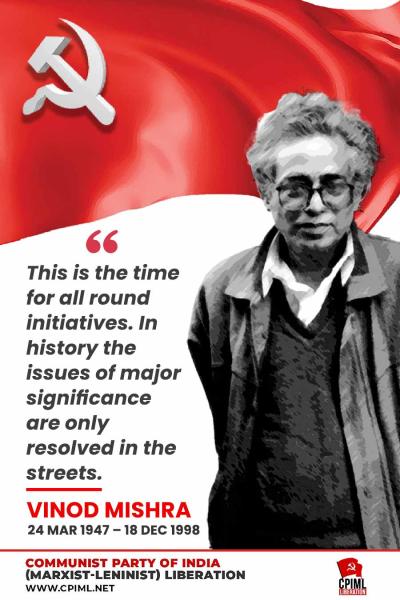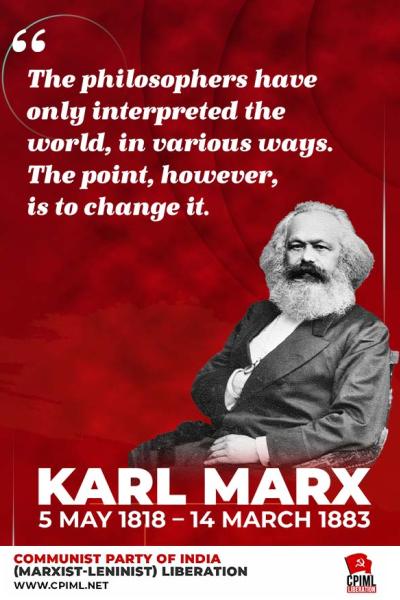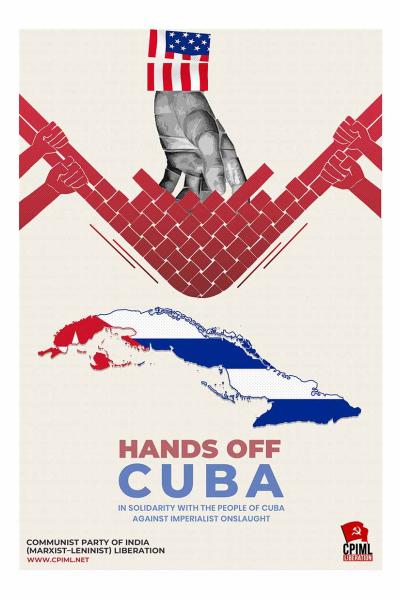A one-woman judicial enquiry commission has recently found that 16-year old Meena Khalkho was raped and murdered by Chhattisgarh police in 2011. The police had then claimed that she was a Maoist who had been killed in an encounter. Today, as the judicial enquiry confirms that she was indeed raped and murdered by Chhattisgarh police, we reproduce excerpts from an article by Akhil Katyal that underlines the conditions in Bastar that make such rape and murder by police possible. We also reproduce excerpts from a report by Malini Krishnan in Scroll, on the findings of the judicial enquiry.
No One Killed Meena Khalkho?
[Excerpts from ‘No One Killed Meena Khalkho?’, an article by Akhil Katyal in September 2011 in Kafila.]
On 6 July 2011, Meena Khalkho, a sixteen year old tribal girl from Karcha village in the state of Chhattisgarh was raped and murdered by the local police and it barely made a dent on our news universe. A search for her name on most television news websites returns nothing. The police in Chattisgarh immediately hit upon a strategy that has now long been in circulation. They subsume Meena’s horrible rape and murder within what goes these days as a laudable mission, one that manages to neutralize all rage against police atrocities, by claiming Meena to be a Naxal and by claiming her to be fatally wounded in an encounter that night against a larger party of Naxallite cadres.
A series of cover-ups and destruction of valuable evidence followed soon after the incident, involving the BJP government in Raipur and the local police. The official story falls apart miserably on the slightest of investigation. A team of local activists from the Chattisgarh Bachao Andolan (Save Chattisgarh Movement) visited the village, questioned most parties involved, and prepared a fact-finding report that rubbishes the official claim that any encounter against the Naxals ever happened that night.
The encounter of Naxals in India these days is a kind of empty vessel in which all atrocity goes, all methods become justified. It is a red-herring that is marked by a calendar of police actions, preventing our debate and interventions to expand onwards to questions of social and economic justice in Naxal-affected regions. Oddly enough then in these circumstances, if the police is hiding something, the encounter is always the safest thing to do.
You have to read the CBA fact finding report to believe it. This is an area in which the metric of police power is unbelievable, where the police can at will put the life of an entire village on hold to perform their cover up. On the morning of Meena’s rape and murder in Longra Tola, Nawadih village, the report states, ‘the police did not allow the people to come out of their houses. The police threatened the people and were heard shouting “jisko surrender karna hai wo apane ghar se bahar nikale” (come out of your house if you want to surrender). The police had cordoned off the entire area, and was not allowing anybody to go to the Chedra Nala, or to go the forest to pick fruits as per their daily routine’. It is a kind of terror that brings everyone in these areas to a standstill, a kind of terror that is as humiliating as it is quotidian. One of the villager Navel Bhagat’s children wanted to go to the toilet, the report adds, but they felt so threatened that Vimla, his wife, made her children relieve themselves in the household utensils. This is the sort of fear that affluent Indians in the cities will never have to know.
Bhagat’s house was the closest to the site of the supposed encounter. That night, Bhagat, like other villagers, had heard only three gun shots. Next morning, Bhagat told the fact-finding team, the police came and forced him ‘to sign some papers, likely to be seizure memos, in which a gun and other items are said to have been recovered from the site of the incident’ to back their story of the encounter. The police also put pressure on him and others to accept, if anyone else were to enquire, that they had heard several rounds of firing (50-60) on the night of the alleged encounter, not just three shots.
When nothing in the police story added up, the allegations against Meena devolved into the worst sort of ideas about what women should be doing, and at what time. In order to obfuscate the more troubling questions (such as why, if Meena left her home on the 5th in a skirt/blouse, was she in a saree when the police later brought her for treatment, or how one is to resolve the post-mortem report that talks of two bullet wounds at very close range with the police story of a sprawling enounter), the State government has chosen to call Meena’s own behaviour into question. Instead of focusing on police actions, they have turned their eye onto Meena’s body and to questions of propriety as to what that female body should have been doing, where it should have remained, what dangers it was bringing onto itself.
The BJP state Home Minister Nankiram Kanwar asks ‘why was she away from her home at around 2:15 am?’ Further, it is being claimed that she had relations with the passing truck drivers and finally, in order to explain away the the presence of sperm in her body and to protect her rapists in the police department, that she had ‘habitual sexual contact’. The villagers claim that this line about sexual contact was a later addition in the medical report to prevent criminal proceedings against the policemen involved. This has of course a far more disturbing connotation, one that has been a rallying ground for so much of grassroots feminist struggle in India for decades now, that women of ‘habitual sexual contact’ have somehow called the repercussion onto themselves, and worse, that they somehow deserved it. Above all, the police cannot use this line to negate the possibility of rape which is precisely the way they have been using it in Meena’s case.
....With Jessica Lall, the case could be framed as a prima facie criminal act and justice could be, with all the difficulties, demanded for it. It was a standalone crime and justice there meant punishing the specific people accused. In Meena Khalkho’s case, the accused are both specific and general. We cannot afford to just look at what happened to her without looking at what is happening to the whole of Chattisgarh, in fact, the whole of those regions where AFSPA or similar laws are still in force, including Kashmir and the North East. Meena’s case cannot simply be judged in isolation because cases like hers have become far too frequent, and more importantly, what happened to her is indicative of the way a heavy-handed governance has been proceeding for a long time in these regions producing a macabre collateral of rapes, murders, disappearances, fake encounters, and lately, mass unidentified graves.
Meena Khalkho’s case is a troubling flash point for all the undemocratic events of our times and nation. Is it for this reason that we choose to sideline it from our headlines, and worse, from our imagination?
Meena Khalko: Judicial Enquiry Confirmed Villagers’ Claim
[Excerpts from ‘Judicial panel confirms what a teenager's parents knew: Police raped and killed their daughter’ by Malini Subramaniam, Scroll, April 22, 2015)
On April 7, a judicial commission set up to investigate the case submitted its report to the state government. The one-member commission has found that the police version was fabricated: No encounter took place that morning and Meena was not a Maoist. Contrary to the police version, which claimed that Meena died at 3.45 am, the report relied on the findings of a panel of doctors to conclude that she had passed away at 1.45 am. Most significantly, even though it does not use the word "balatkaar" (rape), the report states unambiguously that the young girl had been raped before being killed.
“The intercourse appears to be forcible in nature,” notes the report, prepared by former district and sessions judge Anita Jha. “Apart from bullet injuries, other serious injuries are also visible. During the postmortem, blood clots were found in her lungs and intestines on account of cuts. The seventh rib is fractured. This shows that intercourse was done using physical force on Ms Meena Khalkho.”
Liberation Archive
- 2001-2010
-
2011-2020
- 2011
- 2012
- 2013
- 2014
-
2015
- 2015-January
- 2015-February
- 2015-March
- 2015-April
-
2015-May
- On the 46th Anniversary of CPI(ML) Foundation
- Breaking The Internet
- Peeling Onions, Layer by Layer: An Obituary to Günter Grass
- Firing and Repression on Adivasi Anti-Dam Protests in UP
- In Cold Blood Culture of Custodial Killings and Rapes in India
- Killings of Youth in Kashmir
- Meena Khalko's Rape and Murder
- Rape Of Karbi Women By Indian Army
- Expose BJP's Attempts to Appropriate Ambedkar
- Radical Ideas and Initiatives in Women's Movement And the Communist Party
- Shankarbigha: A Foregone Verdict
- The AAP Purge: Lessons and Challenges
- Message of Greetings from CPI(ML) for the 22nd Congress of the CPI
- Midday Meal Workers' Protest in Patna
- Rural poor and agrarian labourers will organise to resist the Company Raj
- Vidhansabha Gherao by Jharkhand Midday Meal Workers' Association
- Chaitanya Tamhane's 'Court' Dissecting Judiciary And Society On The Stands
- Eduardo Galeano, 1940-2015 : A Voice, Not An Echo
- Name Undisclosed
- Comrade Durga Sanga
- Red Salute to Comrade Ammaiappan
- Sandip Bagchi
- 2015-June
- 2015-July
- 2015-August
- 2015-September
- 2015-October
- 2015-November
- 2015-December
- 2016
- 2017
- 2018
- 2019
- 2020
- 2021-2030
Charu Bhawan, U-90, Shakarpur, Delhi 110092
Phone: +91-11-42785864 | Fax:+91-11-42785864 | +91 9717274961
E-mail: info@cpiml.org







